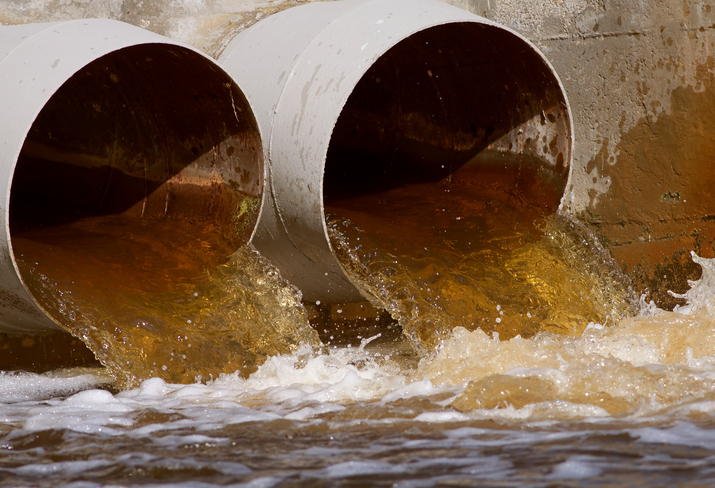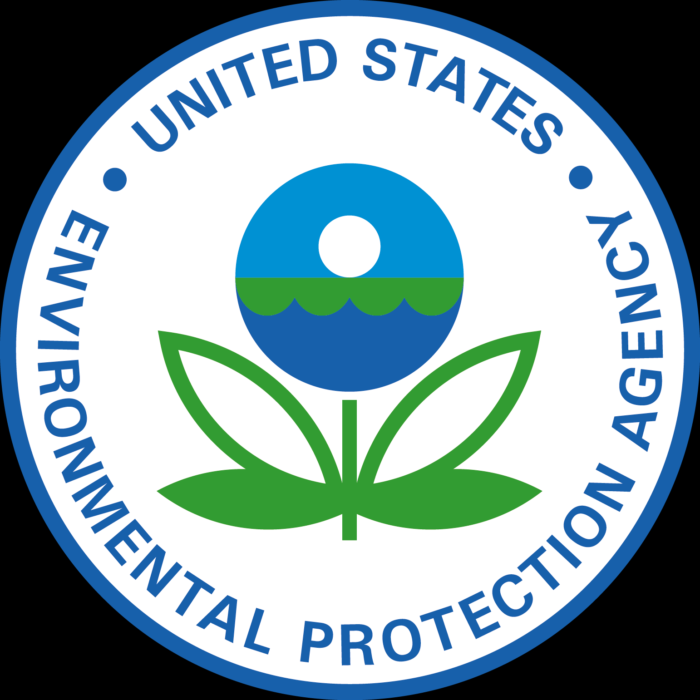The Supreme Court issued a landmark CERCLA decision in Atlantic Richfield Co. v. Christian. Most notably, the court held that CERCLA did not deprive Montana state courts of jurisdiction over state law trespass, nuisance, and strict liability claims brought by owners of land within a Superfund site, even where the landowners sought a cleanup that went beyond the remediation plan approved by the EPA. However, the court also held that the landowners were potentially responsible parties under CERCLA, and therefore the landowners’ remediation plan …
Continue Reading









